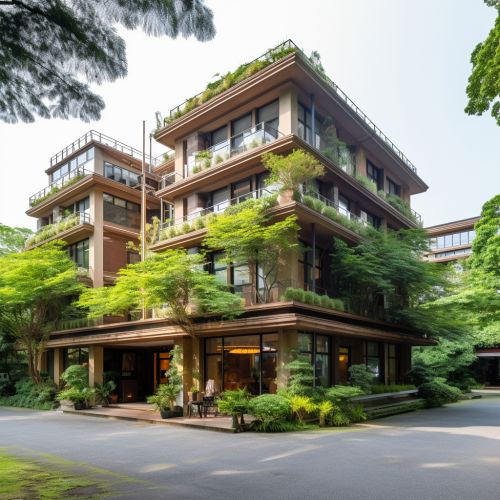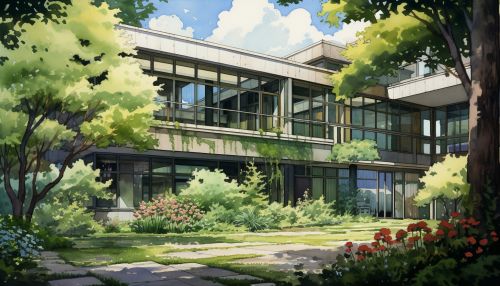Independence Palace
History
Independence Palace, also known as Reunification Palace, is a landmark in Ho Chi Minh City, Vietnam. It was the home and workplace of the President of South Vietnam during the Vietnam War and also the site where the war ended during the Fall of Saigon on April 30, 1975, when a North Vietnamese Army tank crashed through its gates.


The palace is a representation of the war between the North and South of Vietnam. It stands as a historical symbol and a reminder of the bitter past of the Vietnamese people. It is now a tourist attraction, where visitors can explore the various rooms and halls of the palace, and learn about the history of Vietnam.
Architecture
The Independence Palace is an iconic example of 1960s architecture, mixing both Eastern and Western design concepts. The palace was designed by architect Ngô Viết Thụ, who was the first Asian architect to win the prestigious Prix de Rome. His design for the palace was a blend of modernist architectural principles and traditional Vietnamese elements, which is evident in the building's overall structure and interior design.
The palace is a five-story building with a basement, covering an area of 120,000 square meters. The building includes numerous rooms and facilities, such as the Cabinet Room, the Banquet Hall, the Presidential Office, and the National Security Council Room, among others.
Significance
The Independence Palace is not just an architectural landmark, but also a symbol of the historical and political changes that Vietnam underwent in the 20th century. The palace witnessed many significant events during the Vietnam War, and its fall marked the end of the war and the beginning of the reunification of Vietnam.
The palace is also a testament to the resilience and spirit of the Vietnamese people. Despite the destruction and turmoil of the war, the palace was preserved and remains a significant part of Vietnam's cultural heritage.
Tourism
Today, the Independence Palace is one of the most visited tourist attractions in Ho Chi Minh City. The palace is open to the public, and visitors can tour the various rooms and halls, and view the historical artifacts and exhibits on display.
Tourists can also explore the palace grounds, which include beautiful gardens and a helicopter landing pad. The palace also offers guided tours, providing visitors with a deeper understanding of the history and significance of the palace and the events that took place there.
